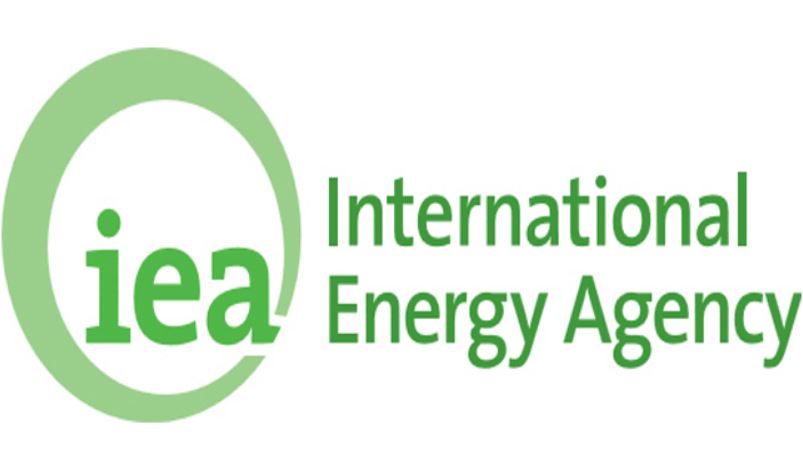Inadequate funding underpins Africa’s clean energy poverty
Jan. 10, 2022
According to the International Energy Agency (IEA), since the pandemic, about four out of five people in sub-Saharan Africa are without access to electricity while people who had recently gained access to clean cooking energy reverted to traditional fuels because they could no longer afford it.
This restricted access to reliable and clean energy is the reality of millions of people and businesses across Africa.
Not only does it affect economic growth, but it also plunges these communities into poverty and environmental destruction. Sadly, the situation does not show signs of improving anytime soon.
For a continent like Africa so disadvantaged by its economic strength, meeting this challenge becomes a state of emergency because its communities economic future depends on energy to thrive.
Without access to clean energy, environments will degrade, trees will be cut for fuel, and these activities will limit options for coping with climate change. Agriculture output will decrease because there won’t be energy to power farm equipment for improved productivity neither will there be irrigated water during droughts nor access to markets for crops.
All these ripple impacts will further deepen poverty in the continent.
But Africa isn’t folding its arms. In fact, the continent is looking to navigate away from fossil fuel dependence to affordable, reliable, and climate-friendly energy.
However, Africa needs clear clean energy targets as well as detailed energy transition plans that consider all available renewable energy resources, technical capacity, technical infrastructure, and a critical look at how energy is being created and used.
Also, it needs to explore distributed renewable energy (DRE) as a means of strengthening the resilience of national grids and distributing energy to underserved people.
Africa can adopt solar-powered DREs either as stand-alone solutions for communities, or use them intermittently with national grids to fill energy gaps. That way, rural areas will have access to electricity and growth opportunities.
But the continent cannot do this alone especially on DREs because they do not come cheap and in Africa currently, they are underfunded. It is for this reason that Africa can do with all the financing it can get to support green energy development because it only accounts for 4% of global power supply investment.
According to estimates by economists, achieving reliable electricity would require an increase to about $120 billion a year through 2040. This has caused several countries, including Nigeria, Malawi, Sierra Leone, Uganda, and Ethiopia to evaluate their policy and regulatory conditions and develop extensive national energy plans.
The global community, through philanthropy, can help Africa achieve a more equitable transition to clean energy. It just takes some amount of catalytic capital to help the continent achieve its energy goals.
Courtesy: Climateaction.africa








